As we here in the UK suffer (or enjoy, depending on your outlook) a prolonged period of drought and unusually high temperatures, the gardeners amongst us have been praying for rain to keep our plants alive. Our climate definitely seems to be changing, becoming more extreme with periods of both very wet and very dry weather, and I thought it would be useful to put together some tips on how to sustain a garden when water is at a premium – and more importantly how to plan for the long term success of your garden with a minimum of effort.
One of the best ways of retaining moisture in your borders is to add a 2 inch layer of mulch on top of wet (and weed-free) borders (without suffocating your plants in the process). This also has the benefit of keeping weeds to a minimum, and if you are using organic material, in time worms will work the mulch down into the soil adding goodness. There are numerous materials you could use – well-rotted manure, garden compost, mushroom compost (but not for acid soils), hop manure, cocoa shell, bracken….
Keep up with the weeding – so the weeds are not competing for water with the plants you really want in the garden.
Ignore your lawn – even if they look brown and unattractive, lawns do come back to life with a little bit of rain. Don’t cut your grass too short, and leave the clippings on the lawn to act as a mulch.
Concentrate on watering plants which need establishing. Mature shrubs should be fine as they have large enough roots to find moisture for themselves.
Fit a water butt (or as many as you can accommodate) to your house, shed or greenhouse. Do be aware though that water butts require cleaning occasionally and that it’s best to use the water collected from them in a watering can rather than a hosepipe, to reduce any likelihood of legionella bacteria which can be fatal (read more here).
Use water-retaining gel in containers and hanging baskets. Mulching pots with a layer of horticultural grit or other stones such as slate chippings also helps to keep the compost moist. It also looks more attractive than bare soil, And where practical, use larger pots as they heat up less quickly and don’t dry out as quickly as small ones do. Think also about planting drought tolerant plants rather than thirsty bedding plants.

It’s best to water in the evening or early morning so that less water evaporates – and water around the roots not the foliage. It’s also better to water less frequently but more thoroughly to give plants a really good drink and to make sure the water penetrates below the surface of the soil. If you only water a little bit, roots won’t be encouraged to grow lower down in the soil where they will find more moisture and ultimately need less watering.
Grey water (from baths and washing up) can be used on non-edible plants but only if it’s not too soapy or greasy! It’s best to use grey water within 24 hours and not to store it.
When putting new plants in the ground, make sure the rootball is well soaked before planting, and you can build up the soil around the plants to form a small basin which will stop water running away and focus the moisture where you want it.
If you have a planted pond, aim for more than half of the surface area to be covered in plants as this will reduce the amount of evaporation.
Bear in mind that some water companies allow drip irrigation systems even during a hosepipe ban, as this is a very efficient way of watering plants without any wastage.
On a long term basis, consider the following:
Consider planting in autumn rather than in spring, giving plants the winter wet to help them establish.
Fill your borders! If your soil is covered with lots of lovely plants (especially ground cover plants) there’s less likelihood of it drying out.
Dig plenty of organic matter in to your soil on a regular basis as this helps retain moisture.
When planting trees and shrubs add a short section of a narrow pipe which reaches from just above ground level into the plant’s roots to allow you to water directly to where it’s needed most.
Don’t just think about watering in summer when the weather is hot – we often have dry periods through the winter and any recent planting will need attention for some time. Trees in particular will need regular water for 2-3 years until they are properly established, so don’t forget them just because the weather is cool!
And possibly most important of all for the long-term success of any garden think ‘right plant right place’ – a useful and very important mantra to follow as your plants will be much happier and easier to look after if they are positioned in the right conditions to begin with.



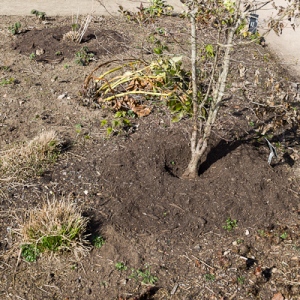
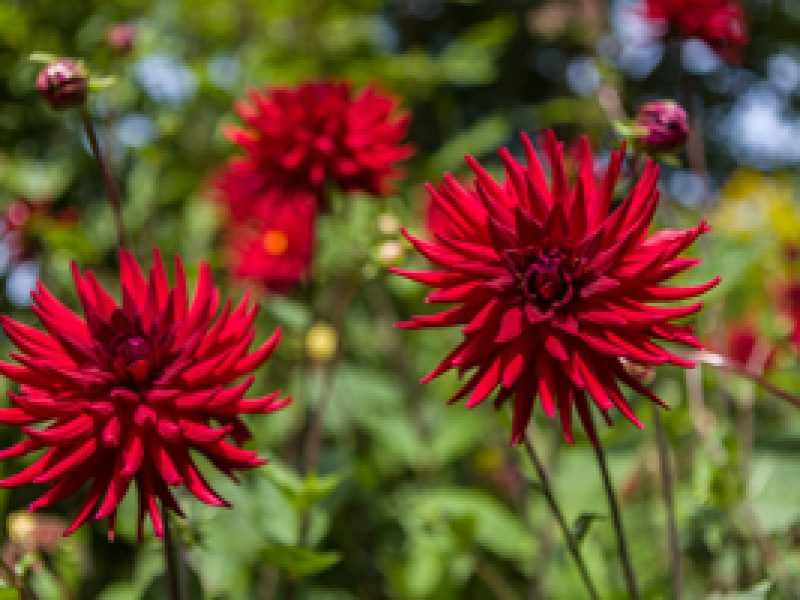
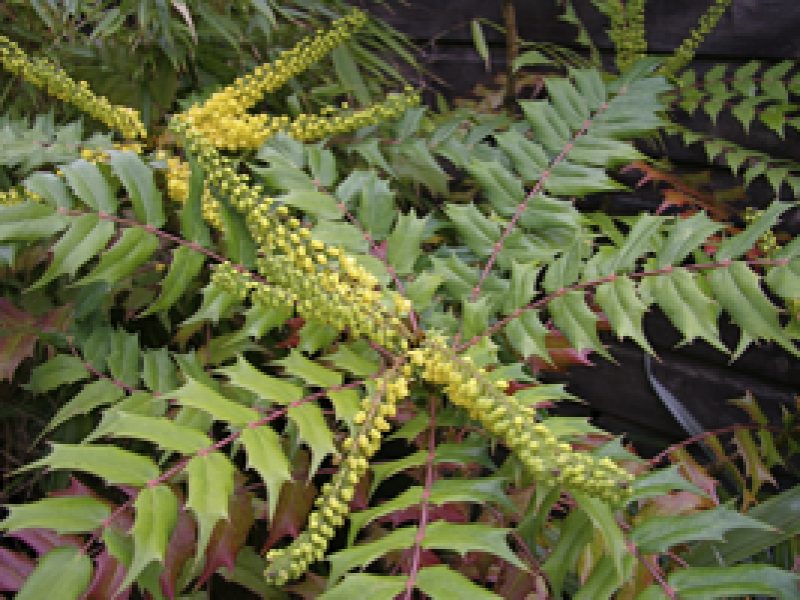
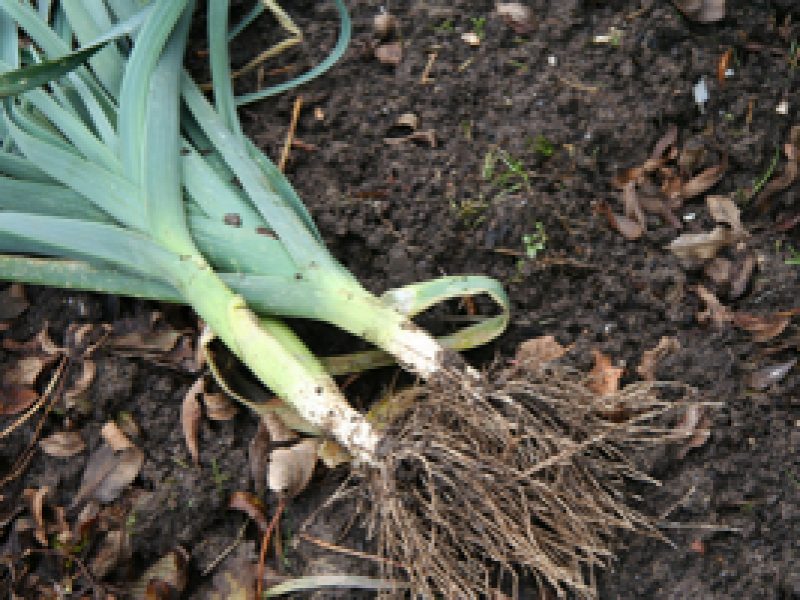
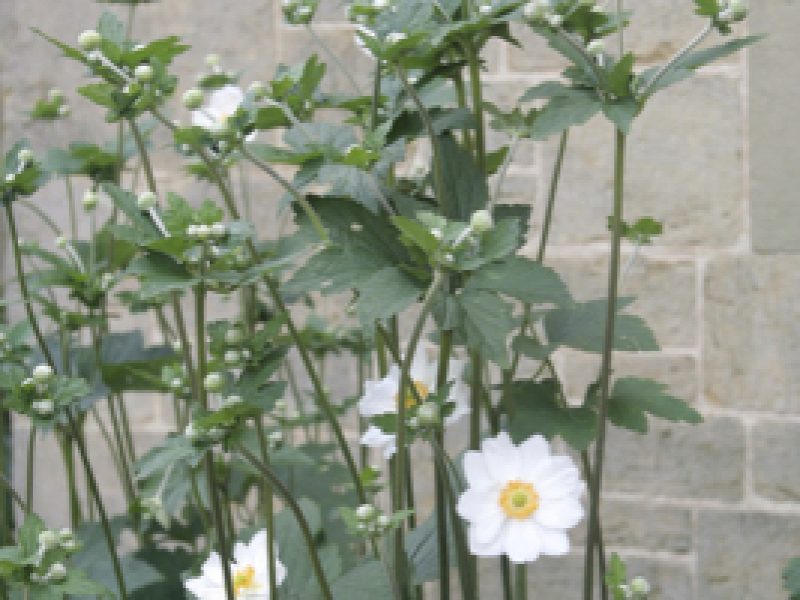
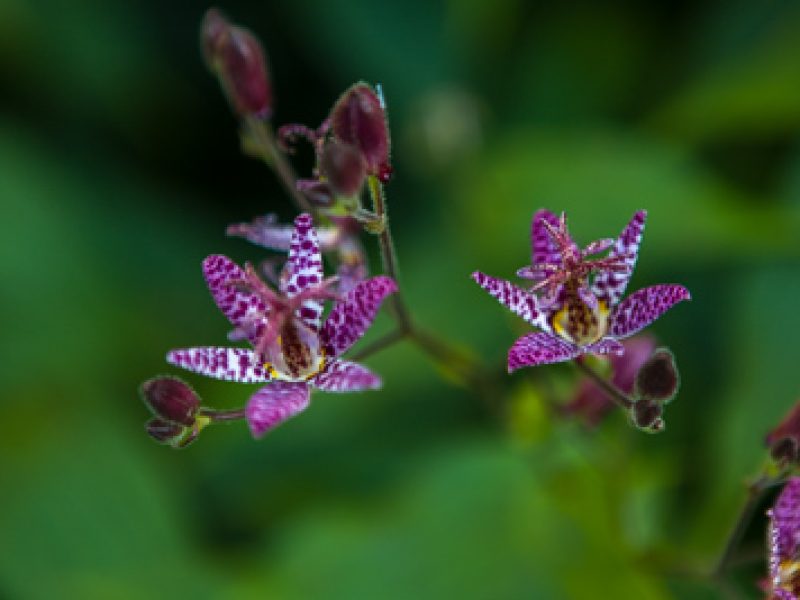
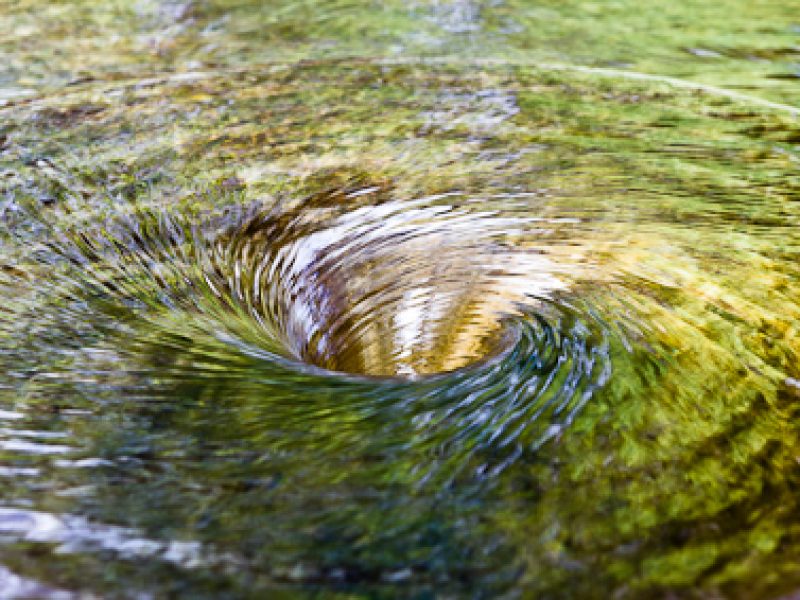
Thank you Janet – I have much enjoyed your newsletter … and the helpful advice about the drought will be very useful!! Best wishes Robina
Great information! I tend to be a little on the heavy watering side. Thanks for sharing!